Civil War Stories
Civil War Stories
40 of the Greatest Tales about the War Between the States
Lamar Underwood


An imprint of The Rowman & Littlefield Publishing Group, Inc.
4501 Forbes Blvd., Ste. 200
Lanham, MD 20706
www.rowman.com
Distributed by NATIONAL BOOK NETWORK
Copyright 2018 by Lamar Underwood
All rights reserved. No part of this book may be reproduced in any form or by any electronic or mechanical means, including information storage and retrieval systems, without written permission from the publisher, except by a reviewer who may quote passages in a review.
British Library Cataloguing in Publication Information Available
Library of Congress Cataloging-in-Publication Data
Names: Underwood, Lamar, editor.
Title: Civil War stories : 40 of the greatest tales about the War Between the States / Lamar Underwood.
Description: Guilford, Connecticut : Lyons Press, 2018. | Includes bibliographical references.
Identifiers: LCCN 2017058429 (print) | LCCN 2017057678 (ebook) | ISBN 9781493032013 (e-book) | ISBN 9781493032006 (hardcover : alk. paper)
Subjects: LCSH: United StatesHistoryCivil War, 18611865Anecdotes. | United StatesHistoryCivil War, 1861-1865Personal narratives. | United StatesHistoryCivil War, 18611865Sources.
Classification: LCC E655 (print) | LCC E655 .C494 2018 (ebook) | DDC 973.7dc23
LC record available at https://lccn.loc.gov/2017058429
 The paper used in this publication meets the minimum requirements of American National Standard for Information SciencesPermanence of Paper for Printed Library Materials, ANSI/NISO Z39.48-1992.
The paper used in this publication meets the minimum requirements of American National Standard for Information SciencesPermanence of Paper for Printed Library Materials, ANSI/NISO Z39.48-1992.
Printed in the United States of America
Acknowledgments
The editor would like to thank Lisa Purcell for the contribution of eight chapters to this work. Presented with her own introductions to the stories, they are identified with her name at the start of each chapter.
Introduction
The bloodiest single day of battle in American history took place on September 17, 1862beside a Maryland creek called Antietam that fronted the village of Sharpsburg. Following the battle, in late September photographer Mathew Brady staged a special exhibition at his New York gallery. He called the event The Dead of Antietam. The photographs presented also included those of Bradys assistants, Alexander Gardner and James F. Gibson.
The close-up images of dead men sprawled on the battlefieldsometimes in gruesome tangled clusters, with dead horses nearbywere unlike anything ever seen by the public. Among other comments, a reporter for the New York Times wrote, Mr. Brady has done something to bring to us the terrible reality and earnestness of the war. If he has not brought bodies and laid them in our door-yards and along [our] streets, he has done something very like it.
Strong words, those. I present them here in the hope that the chapters of this book will bring to you a similar mood, as the words of actual veterans of the war describe what they saw and felt during the fighting. This volume cannot offer the photographs of Mr. Brady and his talented assistants, but it has been my goal to bring the realities of the Civil War into your thoughts with prose that achieves the same searing revelations of pain and loss, of hardships almost beyond description. And, as the Times reporter commented, the earnestness of the war.
In the four long years of fighting that ended with the Union saved, the sacrifices of the soldiers and their officers in both blue and gray took place on a horrific scale. One can throw every noun, adjective, and phrase that comes to mind at the images that flash through our minds: Hunger. Thirst. Pain. Separation from loved ones. Fatigue beyond description. Doubt and worry about incompetent leaders and their orders. Loss of hope and ever seeing home again.
Finally, there is death itself. For the religious faithfuland there were many on both sidesthe end came as a release from what literally seemed to be hell on earth. For most soldiers, every step forward toward the guns of the enemy was made possible by the slim hope, conviction even, that those who fell would be the other guys.
For some, as revealed in countless accurate descriptions of the fighting, a total breakdown of will and courage took place. They fled in open panic. Or sometimes they found ways to malinger, hang out on the fringes where the firestorm did not reach, act as if they were just moving slower than the advancing troops. Words like duty , honor , country the West Point mantrawere meaningless to men numb with fear, men to whom survival at any cost seemed more important than any orders ever issued.
For officers, whose shoulders carried the responsibilities of giving those orders, duties required far more than just showing up and doing what they were told. Their decisions on where, when, and how to place and use their troops were heavy ones, with death and surrender the cost of blunders. And no matter how effective the battle plans and orders, they had to be carried out with officers leading the way on the field. In the Civil War, officers up to the rank of general were casualties in mind-boggling numbers. Lieutenants, captains, majors, colonels. They were wiped out by hailstorms of bullets and artillery bursts.
Even the generals did not always walk away after the battles. Many were fatally wounded on the battlefields, including the Confederates legendary Stonewall Jackson, shot by one of his own nervous pickets as he inspected the forward lines during the battle of Chancellorsville.
Jackson was Robert E. Lees right arm, as General Lee described their relationship. With Jackson gone, Lee faced unforeseen challenges in reorganizing his army and leading its operations. In the chapters ahead, Lees agonizing decisions are presented with vigor and details. He has plenty of general-officer company. The bold strokes and blunders of generals on both sides of the struggles, including Ulysses S. Grant, form the background of battles described by the men who fought them.
The revelations about General Lee described in the stories I have been reading give your editor a runaway train of thought. If Robert E. Lee had not turned down Lincolns offer to lead the Union army, the war would have been much, much shorter under Lees skills and leadership capabilities. And Robert E. Lee, not Ulysses S. Grant, might have been elected president of the United States. Instead, Lee resigned his commission and walked away from his West Point heritage and years of Union army service. Why? He said he could never raise a sword against his beloved Virginia, which had joined the secession. What loss of life and bloodshed could have been prevented had he stayed with the Union? Well never know.
The memoirs of many surviving Civil War veterans, from all ranks and all walks of life, were published in the late 1800s and early 1900s. These selections form a large body of the works presented here. As your editor, I have found the experience of discovering them to be both engaging and illuminating. There are scenes in these works that burn into consciousness like great clarion calls, saying, Remember... remember... these are things we endured, so that our nation might live.
Anyone interested in history, particularly military history, and fortunate to be in the position of editing a book such as this, calling the shots on stories selected, would probably choose some other storiesstories not presented here. I regret leaving out any readers favorites, but have no worries at all on all the chapters before you here.
Next page
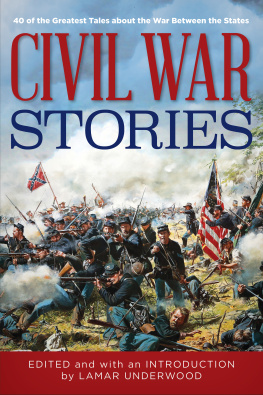





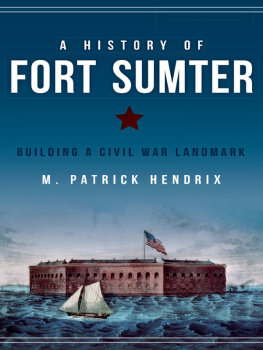
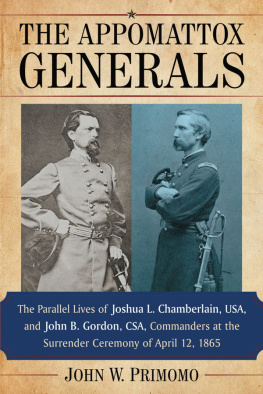



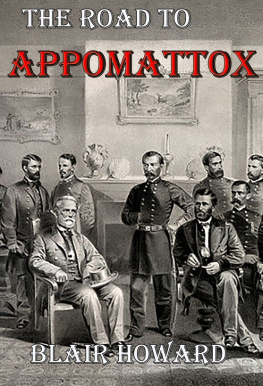
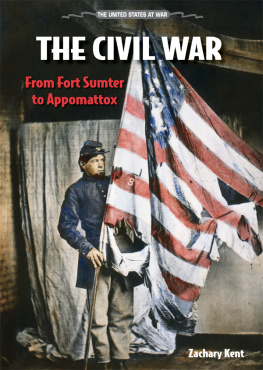
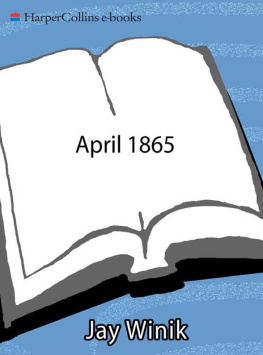


 The paper used in this publication meets the minimum requirements of American National Standard for Information SciencesPermanence of Paper for Printed Library Materials, ANSI/NISO Z39.48-1992.
The paper used in this publication meets the minimum requirements of American National Standard for Information SciencesPermanence of Paper for Printed Library Materials, ANSI/NISO Z39.48-1992.